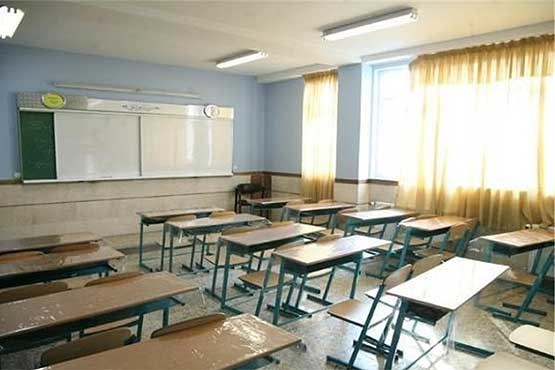In Iran today, one-third of students never make it to high school graduation. The numbers are stark: out of the 1.2 million children who step into first grade every year, only 70% complete their education. Professor Gholam-Ali Afrouz of the University of Tehran spoke about this silent crisis, warning that it’s more than a failure of schools—it’s a fracture in the fabric of society.
Afrouz paints a grim picture. While countries like Japan or Germany boast graduation rates as high as 97%, Iran lags far behind. Why? “Our system doesn’t guide or support students,” Afrouz said, adding that children leave school disillusioned and weary. Teachers, who should ignite curiosity, too often find themselves trapped in a system that stifles it. “We need educators who inspire—not just instructors who demand.”
One of the deepest flaws in Iran’s education system is its rigid structure. By the time students enter secondary school, they’re boxed into tracks: academic, technical, or vocational. Afrouz argued that this segmentation not only limits students but also contributes to the dropout rate. “This approach is uniquely Iranian,” he said. “And it’s failing our children.”
Corruption within the system only deepens the wounds. Afrouz pointed to officials profiting from private tutoring businesses, a bitter irony in a country where many families can’t even afford basic school supplies. His call for reform includes a more flexible, integrated curriculum that combines academic and vocational training—a lifeline for children lost in the current maze.
But the dropout crisis isn’t just about schools; it’s about streets, prisons, and broken homes. For every child who leaves school, another is likely to end up working on the streets, a victim of systemic neglect. “When theft and crime rise, we have to ask: how many of these offenders once sat in a classroom?” Afrouz asked.
The professor also pointed to addiction, another dark shadow in the lives of Iran’s youth. In one province, 22% of girls and 27% of boys reported using synthetic drugs. These aren’t just statistics—they’re lives unraveling before they’ve even begun. Expelling addicted students, as many schools do, only buries the problem deeper. “We’re failing them twice—once by not protecting them and again by shutting the door on them,” Afrouz said.
Parents, too, have been sidelined in this failing system. Afrouz lamented how, in Iran, they’re often reduced to “walking wallets,” their role limited to funding schools. He contrasted this with countries where parent-teacher organizations shape policies and even influence the selection of education ministers. “We’ve made parents spectators in their children’s lives,” he said.
The Iranian Teachers’ Trade Association has been vocal about these systemic failures. In a recent statement, they called out mismanagement, dwindling student motivation, and the commercialization of education. Teachers themselves are struggling—many earn less than $200 a month, an insult to the vital role they play. Worse, those who speak up face detention or worse, their cries for reform stifled by a government more interested in control than care.
The stakes couldn’t be higher. A generation is at risk, not just of losing an education but of losing hope. The ripple effects—crime, addiction, economic instability—will touch every corner of society. Change is not just necessary; it’s urgent. To fix this, Iran must rethink its priorities: pay its teachers, support its students, involve its parents, and tear down the walls of corruption and rigidity that have turned schools into traps instead of springboards.
The children dropping out today are more than statistics; they are the heartbeat of a nation. Letting them fall is not just an educational failure—it is a moral one.










